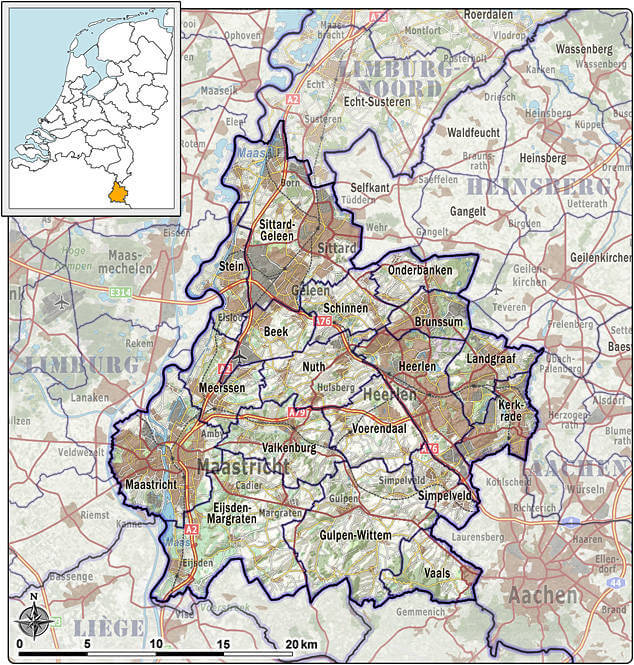 For the first time since centuries wildcats born in the wild have been recorded in the Netherlands. The Dutch conservation organisation ARK Natuurontwikkeling [’nature development’] investigates the return of this rare species. During the study this year they found at least five different individual wildcats, two of which were born in the Netherlands. The return of the wildcat occurs with impressive speed.
For the first time since centuries wildcats born in the wild have been recorded in the Netherlands. The Dutch conservation organisation ARK Natuurontwikkeling [’nature development’] investigates the return of this rare species. During the study this year they found at least five different individual wildcats, two of which were born in the Netherlands. The return of the wildcat occurs with impressive speed.
Research with camera trap and radio collar
Funded by the province of Limburg in the Netherlands ARK Natuurontwikkeling conduct research on the return of the wildcat in Zuid-Limburg, the province’s most southern region. It concerns the European wildcat (Felis silvestris silvestris), one of the 36 wild feline species, which is not to be mistaken for a feral domestic cat. The research findings will be used to make nature reserves and areas, including connecting routes, a suitable habitat for wildcats. Besides radio collaring individual cats, camera traps are being used for the research. This year’s findings show that at least two wildcat kittens are born in the Vijlenerbos. In September a young wildcat was photographed with a camera trap and in October another young specimen was captured.
Wildcats in Germany and Belgium
Large populations of wildcats exist in the Eifel (Germany) and Ardennes (Belgium). The number of wildcats have increased the last decades and the limits to sustain even more cats have been reached in these areas. When wildcats reach adulthood they will seek their own hunting area, though young animals may use their mother’s territory for a while before occupying their own. Animals that can’t find such an area — because it’s full — will migrate over longer distances and invade new region. This is what happened in the Vijlenerbos and adjacent forests in Belgium and Germany where some of these wandering wildcats established themselves.
From zero to five wildcats
Until recently the wildcat was considered extinct in the Netherlands. The past ten years only a few observations of wildcats have been recorded. In 2013, one wildcat was found due to extensive research. So, the confirmed recording of at least five individual wildcats in the province Zuid-Limburg in 2014 was rather unexpected, and even more that three of them could be radio-collared.
Footage of a European wildcat in May 2014 in Zuid-Limburg, the Netherlands. On 1 June 2014 a male wildcat was captured and radio-collared for the first time ever in the Netherlands:
(Source: ARK Natuurontwikkeling YouTube channel)
Reproduction
The return happens with remarkable speed, but that breeding already occurred is beyond expectations. The first signal that wildcat kittens could have been born in Zuid-Limburg arrived on 25 October when a tomcat of about eight months old was captured. At that age adolescent wildcats still live in their mother’s territory, which meant that this young tomcat must have been born in the Netherlands or in the border area.
Last week, the researchers received footage of a few months old wildcat. The videos came from a camera trap in the Vijlenerbos and were captured in September. As this is clearly a young animal it is now irrefutable that this summer breeding of wildcats took place in Zuid-Limburg. So, European wildcats make the Netherlands their home, showing all aspects of natural behaviour — including breeding, which proves also that there’s at least one female wildcat in the area. The three radio-collared specimens were all tomcats.
(Source: ARK Natuurontwikkeling YouTube channel)
Improved habitat
The discovery is an additional incentive to make Zuid-Limburg a more suitable wildcat territory. Such an habitat exists of forests where the cats can rest and foraging (hunting) areas comprising rough grasslands and wide and varied forest edges. Another goal of ARK and other nature conservation organisations is to improve the quality of the connecting areas between nature reserves, so wildcats can safely reach other areas without becoming roadkill. Other species will benefit from these green connections as well, of course.
(Source: ARK Natuurontwikkeling nieuws [translated] , 06.12.2014)







